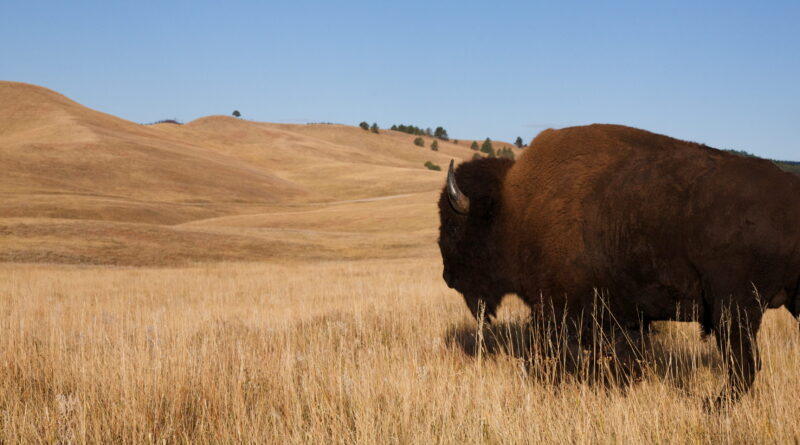History Of North Dakota
North Dakota, located in the heart of the American Midwest, is a state steeped in history. From the time of the earliest Native American tribes to its present-day role as a thriving agricultural and energy-producing region, North Dakota’s past is a tapestry of diverse cultures, struggles, and triumphs. This article delves into the captivating history of North Dakota, tracing its roots and exploring the key events that have shaped the state into what it is today.
Native American Presence
Long before the arrival of European settlers, North Dakota was inhabited by various Native American tribes. The Mandan, Hidatsa, Arikara, Dakota Sioux, and Lakota Sioux were among the prominent tribes in the region. These tribes developed rich cultural traditions and thrived through a combination of farming, hunting, and gathering. Explorers such as Lewis and Clark encountered these tribes during their expeditions in the early 1800s, marking the beginning of significant contact between Native Americans and European settlers.
Early European Exploration and Settlement
In the 18th and 19th centuries, European fur traders and explorers began venturing into North Dakota. The region was part of the vast Louisiana Purchase in 1803, which opened the door for American expansion. The fur trade attracted settlers, and trading posts and forts sprung up along major rivers like the Missouri and Red River of the North. The establishment of Fort Union and Fort Abercrombie played crucial roles in facilitating trade and interactions between Native Americans and European Americans.
North Dakota Statehood and Expansion
North Dakota officially became a territory in 1861, but its path to statehood was tumultuous. The Dakota Territory experienced conflicts with Native American tribes, including the Dakota War of 1862. Additionally, the discovery of gold in the Black Hills led to increased tensions and forced Native tribes onto reservations. Finally, on November 2, 1889, North Dakota achieved statehood along with its southern neighbor, South Dakota.
Agriculture and Economic Growth in North Dakota
The fertile soil and favorable climate of North Dakota proved ideal for agriculture, leading to rapid growth in the late 19th and early 20th centuries. Immigrants from Scandinavia, Germany, and other European countries flocked to the state, establishing thriving farming communities. Wheat became a major cash crop, and North Dakota earned the nickname “Bread Basket of the Nation.” The introduction of mechanization and the development of cooperatives further enhanced agricultural productivity.
Modernization and Energy Production
In the 20th century, North Dakota experienced various waves of technological advancements. The discovery of oil in the Williston Basin in the 1950s sparked an energy boom, transforming the state’s economy. Today, North Dakota is a leading producer of oil and natural gas, contributing significantly to the nation’s energy supply. The state has also embraced renewable energy sources, particularly wind power, which has become a growing sector.
North Dakota’s Unique Culture
Throughout its history, North Dakota has maintained a distinct cultural identity. The state celebrates its heritage through events like the Norsk Høstfest, a festival showcasing Scandinavian traditions, and the United Tribes International Powwow, which highlights Native American cultures. North Dakotans take pride in their close-knit communities, strong work ethic, and appreciation for the state’s natural beauty.
Discover more from City Towner
Subscribe to get the latest posts sent to your email.




